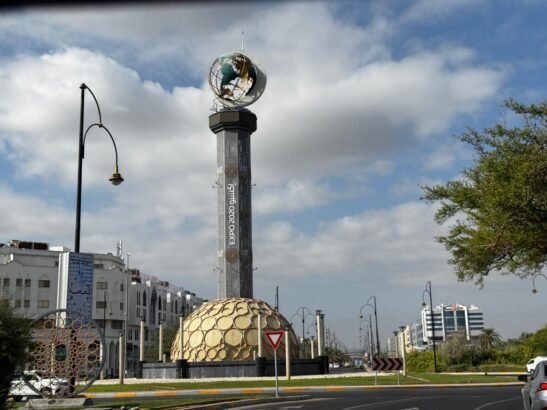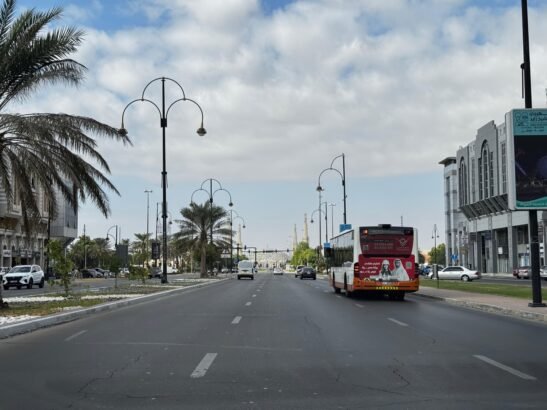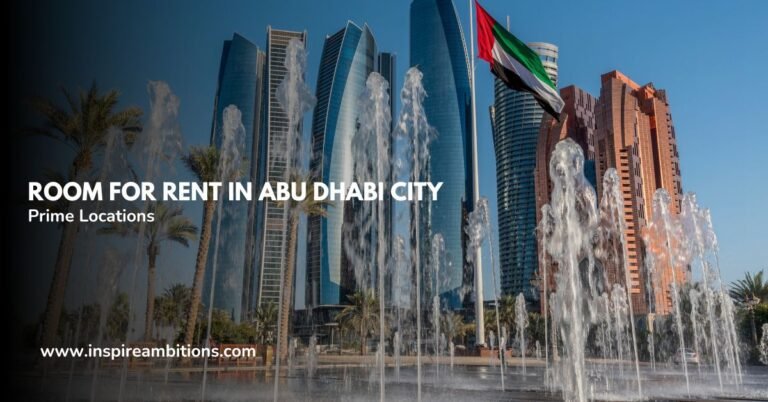Is Al Ain Part of Dubai? Exploring City Comparisons and Frequent Closures of Ain Dubai
Al Ain is not a part of Dubai; it is a separate city in the emirate of Abu Dhabi, one of the seven emirates that constitute the United Arab Emirates (UAE). Understanding these emirates’ differences is critical to appreciating the rich tapestry of the UAE’s history and culture.
Al Ain is known as the “Garden City” due to its greenery, which is unique in the region. Historically, it has played a significant role as a central point of the ancient caravan route. It is home to several historical sites, forts, and museums, reflecting the UAE’s rich heritage.
Unlike the towering skyscrapers of Dubai, Al Ain boasts a more traditional and cultural landscape, including the UNESCO World Heritage-listed Al Ain Oasis with its ancient falaj irrigation system.
Furthermore, Al Ain is geographically closer to the Omani town of Al-Buraimi, and together, they form a cross-border agglomeration. This proximity to Oman plays a part in the distinct cultural and social ties that differentiate the area from Dubai.
Regarding administration, Al Ain serves as the seat of the administrative division, the Al Ain Region, within the Emirate of Abu Dhabi. It’s clear that while Al Ain shares the same national identity as Dubai, being part of the UAE, it has its distinct geographical and cultural place within the nation.

Ain Dubai and Al Ain
Before we explore Ain Dubai and Al Ain, it’s important to note that Al Ain is not a part of Dubai but a separate city within the Emirate of Abu Dhabi. On the other hand, Ain Dubai is a recent attraction located in Dubai.
Facts and Questions About Ain Dubai
Ain Dubai, the world’s giant observation wheel, offers a breathtaking view of the Dubai skyline. It can host up to 1,400 people at once in its air-conditioned cabins, providing views of iconic landmarks like the Burj Al Arab and Palm Jumeirah. Have you ever wondered what Ain Dubai is best known for?
It’s celebrated for giving visitors a unique perspective of Dubai’s architectural marvels from 250 meters high in the sky.
- How many people can go to Ain Dubai? Up to 1,400 passengers.
- What is Ain Dubai best known for? It provides unparalleled views of Dubai.
Comparing Al Ain and Dubai
Is Al Ain bigger than Dubai? Regarding land area, Al Ain is more extensive, but Dubai is more crowded. Al Ain is often called the Garden City due to its greenery and is one of the world’s oldest permanently inhabited settlements. In contrast, Dubai is known for its high-rise buildings and modern, fast-paced environment.
- Dubai: Modern, bustling, a hub for tourism.
- Al-Aïn: Traditional, serene, cultural.
Al Ain as a Cultural and Historical Hub
Al Ain is a fountain of culture and history. The city hosts the Oasis d'Al-Aïn, featuring over 147,000 palm trees et ancient falaj irrigation systems. Al Ain National Museum et le Sites du patrimoine mondial de l'UNESCO, tel que Parc archéologique de Hili et Djebel Hapied, offer insights into the UAE’s history. You can visit the vibrant Camel Market to taste local life.
- Sites du patrimoine mondial de l'UNESCO: Al Ain Oasis, Hili, Jebel Hafeet.
- Sites culturels: Al Ain National Museum, Al Jahili Fort, Qasr Al Muwaiji.
Al Ain’s rich heritage is embodied in landmarks like the Fort d'Al Jahili et Qasr Al Muwaiji, home to exhibitions that tell tales of the region’s past. The Zoo d'Al-Aïn is another spot to experience the region’s flora and fauna. This city uniquely explores the UAE’s traditions and historical narrative.
Transport et accessibilité
When planning your travel, understanding transportation options and accessibility is crucial. The Emirats Arabes Unis (UAE) boasts an advanced road and transport network, enhancing city connectivity.
Travel Between Cities
To journey from Dubai to Al Ain, you have several options:
- Taxi: An efficient method if you’re looking for direct travel. A taxi from Abu Dhabi to Al Ain can vary in cost, but it’s essential to negotiate the fare beforehand or ensure the meter is used.
- Bus: From Dubai, you can board at Ghubaiba Bus Station, with buses typically offering a comfortable and cost-effective way to get to Al Ain. Be ready to experience a more extended trip compared to taxi travel.
- Conduite: With a personal vehicle, you can follow E22, which runs alongside E30 for a large portion of the route to Al Ain, originating from areas like Al Maqta’a.
Al Ain is not a part of Dubai; it’s a separate city within Abu Dhabi, the largest emirate in the UAE. With its rich history and culture, Al Ain offers a different experience from the bustling city life of Dubai and Abu Dhabi.
Remember to check the accessibility features, especially if travelling with special needs. UAE cities like Dubai seek to improve travel accessibility for all visitors, promoting ease of transportation across various modes of travel, including airports and public transit.
Economy and Demographics
Al Ain is not part of Dubai; it’s a separate city in the Abu Dhabi Emirate. As you explore Al Ain’s economy and demographics, remember that this city stands independently, distinct from Dubai’s glitz and bustling pace.
Population: Al Ain, known as the Garden City, boasts a population of approximately 656,000 people as of 2024. It’s the second-largest city in the Abu Dhabi Emirate and plays a significant role in the overall demographics of the United Arab Emirates (UAE).
Growth: Steady population growth in Al Ain reflects its expanding economy. From its early days, when the population was just 1,500 in 1950, to today’s bustling metropolis, Al Ain has seen consistent development.
- Économie: Al Ain’s economy is diversified, supported by sectors like:
- Higher education and research
- Fabrication
- Vente au détail
Unlike Dubai and the rest of the UAE, where the economy significantly benefits from oil revenue, Al Ain’s economic strength is not directly tied to oil reserves. Instead, it relies more on its universities and industrial development.
Connection to Abu Dhabi and Dubai: While Al Ain is part of the Abu Dhabi Emirate, it maintains a friendly economic rivalry with Dubai, which is known for its massive oil reserves and as a trade hub. Both cities contribute substantially to the UAE’s high Gross Domestic Product (GDP).
Al Ain is a cultural and academic beacon within the UAE, holding onto its unique heritage while fostering diverse economic growth. Understanding this division will help you appreciate Al Ain as more than just a part of the UAE’s narrative but as a critical player in its own right.







